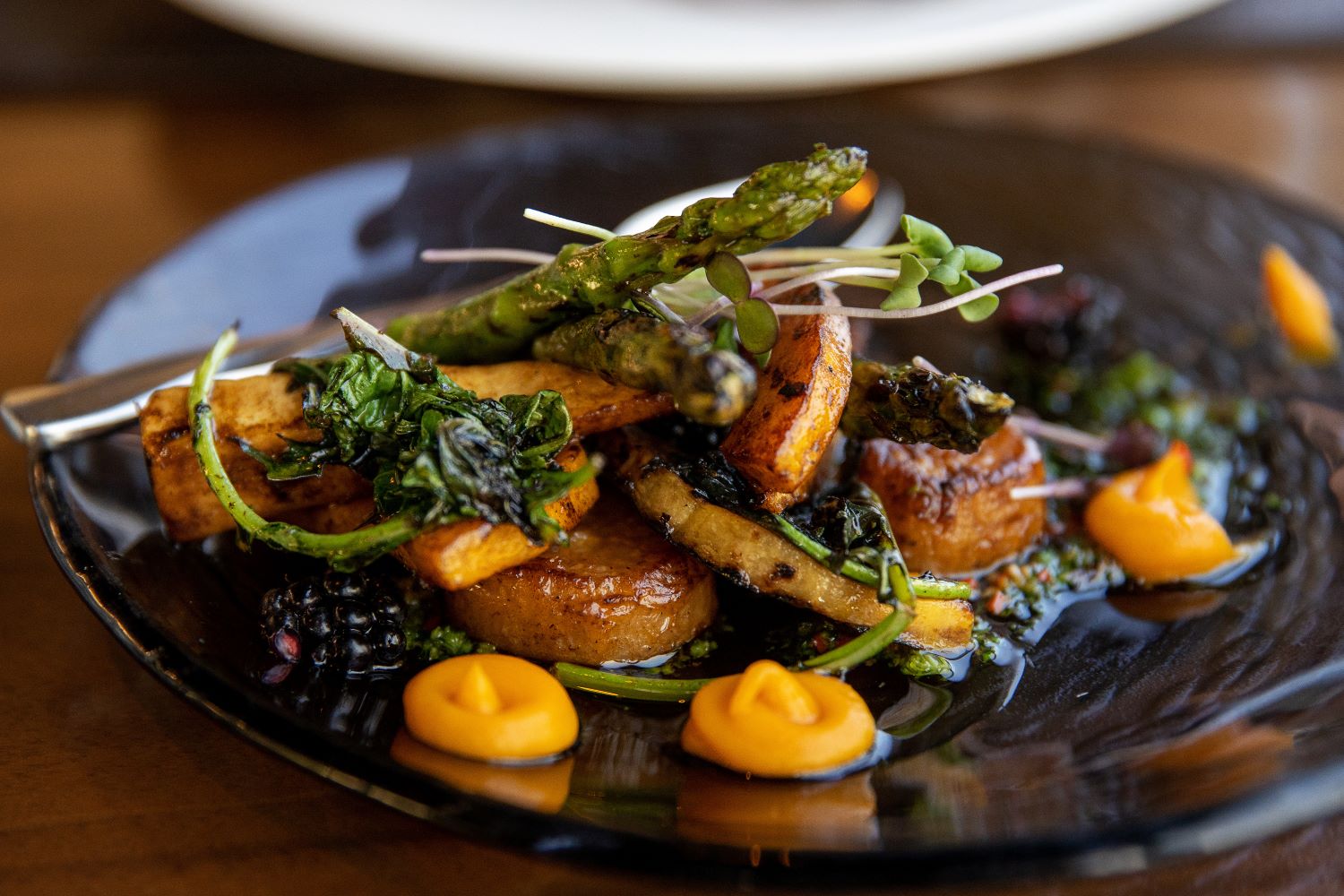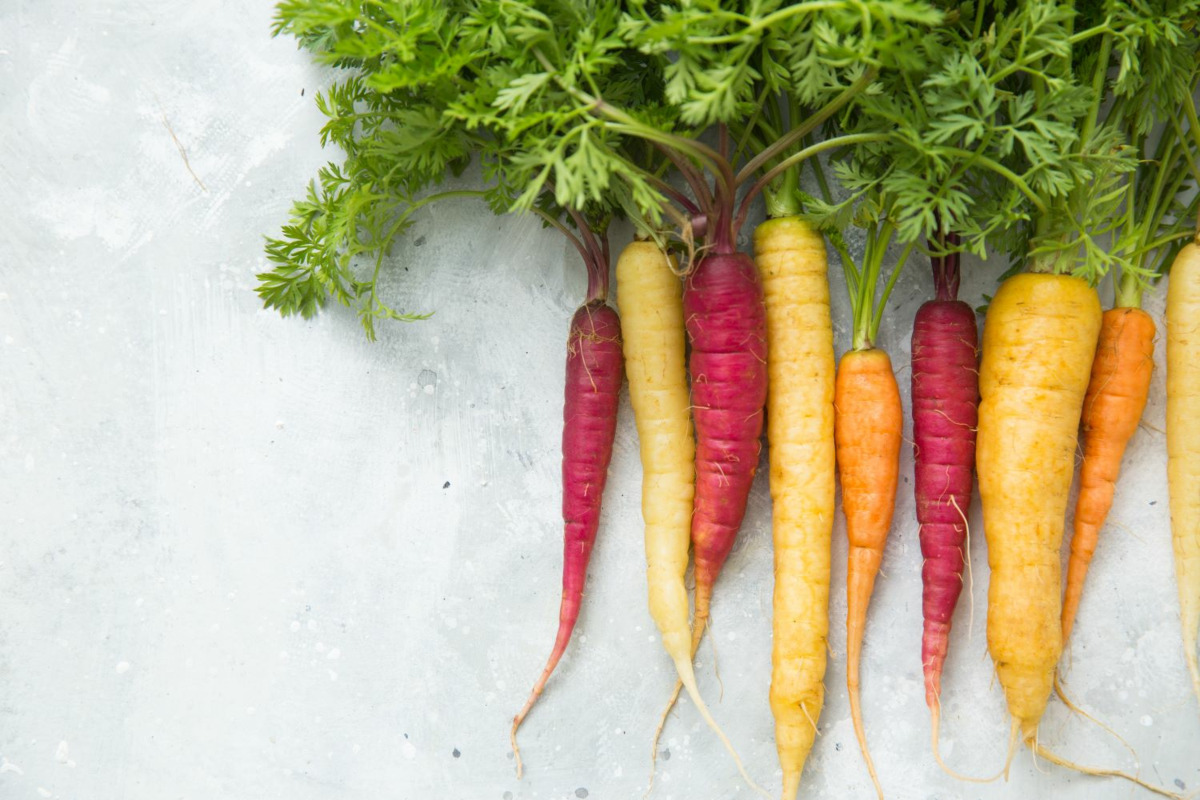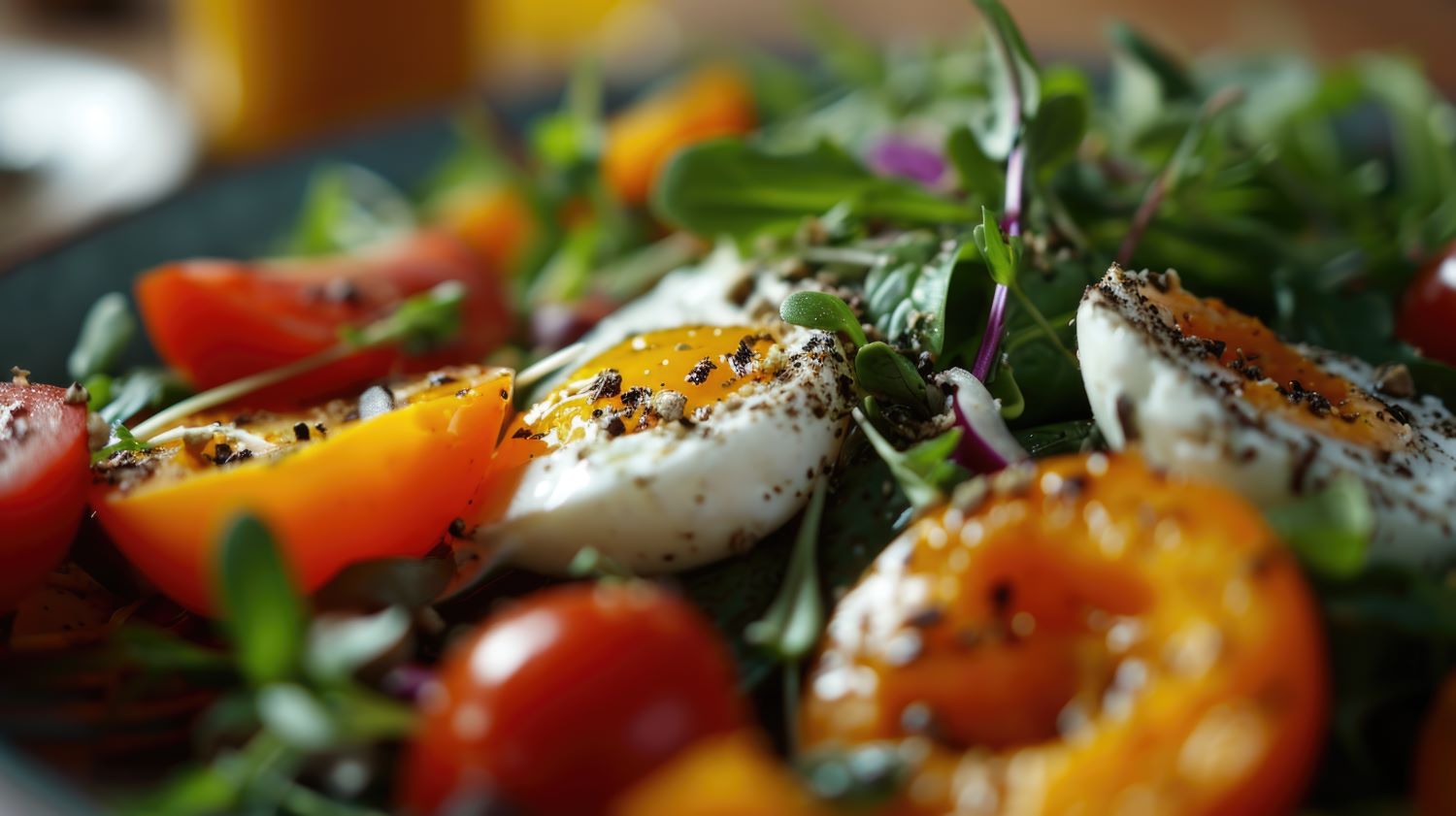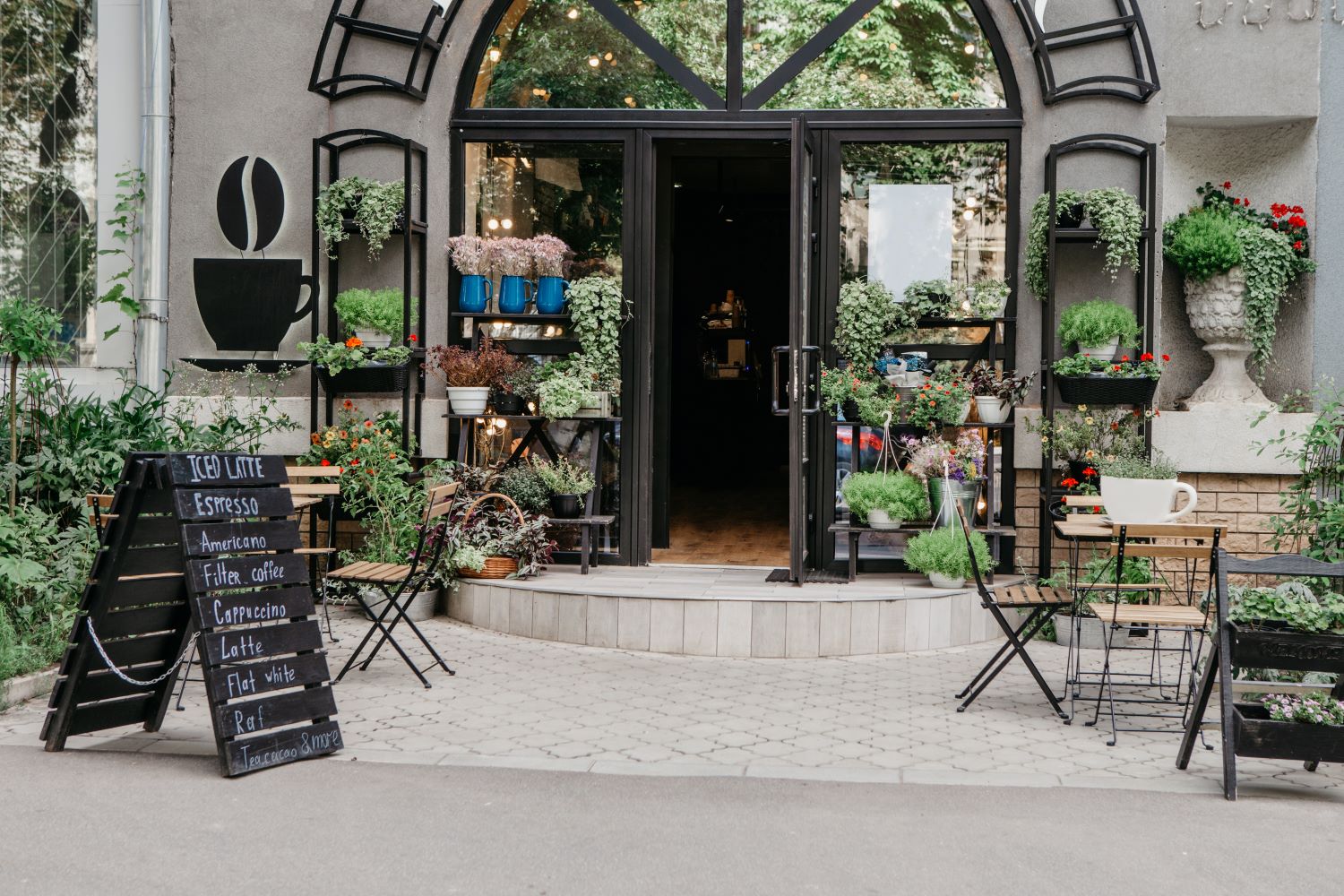Increased appetite for eating out
Despite households still seeing some pressure on spending from the cost of living - on the whole - things are more positive for the catering and hospitality industry than they were a year ago. Meaning there is good opportunity for operators to capitalise, with the right offering.
The top three reasons consumers still give for eating out are:
The top three reasons consumers still give for eating out are:
convenience, on-the-go and special occasions.
The top food trends for 2024 are:


1. British fusion food – introducing new flavours in familiar formats, e.g. pies, pastries, roasts and desserts.
2. Provenance and ‘rustic and rural’ - consumers continue to care about where their food comes from.
3. Being health conscious also continues to be important – with consumers thinking about how foods can affect their mood and wellbeing to make healthier choices.
4. International flavours less travelled - offering more variety on menus such as Caribbean and Eastern European foods.
5. A sense of playfulness or adventure in trying new foods - such as playing with a mix of unusual flavours and/or sweet and savoury combinations. Think of hot and spicey honey, combinations like lemon and mint and using spices and fruits in different ways, to bring magic and new flavours to your menus!


Example of playfulness - sweet tacos!
All of these trends indicate that consumers are looking for a mix of quality and excitement when eating out and getting value for their money.
Let’s look closer at the trend for Rustic and Rural, and you can build on this in your establishment.
Rustic and Rural – yes please!


At Thomas Ridley, we’re glad to see that Rustic and Rural is a key foodie theme for this year - and hopefully something that isn’t going to go away.
We’re incredibly proud of our local food producers in Suffolk, Norfolk and Essex, and are proud to stock a large range of local products.
Wherever you can, you should highlight items on your menu that are local, seasonal and advocates for farm to fork sustainability.


Not only does this support local communities, which consumers are passionate about, but it also helps to cut down on road and/or air miles (also important to consumers) and (hopefully) means that you’re also serving up fresh, tasty and local produce.
But how can you really go to town on this trend?


The Rustic and Rural food trend applies to more than just what’s featured on your menu and the ingredients you use – but do shout about seasonal specials and producers with an interesting story as much as you can!
You can also incorporate this trend into your decor, too, by creating a warm and cozy atmosphere.
Add some rustic charm through adding green plants, dried flowers, traditional furniture and neutral tones.
Also think about your tableware, could you freshen this up with items that are more rustic? And consider changing the artwork on your walls to feature rural scenes and fresh produce.
Asides from food trends, what’s going on in the economy to help us make decisions?
We’ve reviewed various trends and market reports to provide you with the following summary.
Household wealth - Despite some increases in wages and less inflationary pressure on prices overall, the average household spending is expected to remain under pressure for at least another year. On the whole, consumers have learnt to adjust and prioritise when it comes to spending money on eating out.
Foodservice impact – in 2022, the industry employed 2m people directly, plus many more in the supply chain, and created £35bn of economic value. Showing our value and contribution to the wider economic recovery.
Opportunity to go premium - improving prosperity and confidence overall, and the trend to still go out for special occasions, may allow foodservice businesses to find opportunities to provide a premium offer to excite customers, through authenticity, experience, product spec etc.
Political landscape - UK recovery from Covid is now mostly in the past. The challenge for the next government will be kickstarting the economy and avoiding stagnation. With businesses and consumers stretched, there is little room to absorb more challenges.
The word on inflation - inflation in food markets should continue to dwindle but will not fall below zero for the foreseeable future. Inflation rates for 2024 are anticipated to be around 4% compared to 9% in 2023, which is an improvement.
Unrest in the Middle East – disruption to imports across the Red Sea could lead to higher shipping costs and therefore inflationary pressures for energy and goods, if the situation persists. Time will tell.




